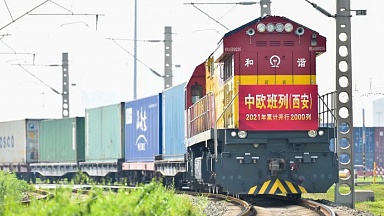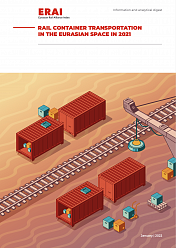The Netherlands and Togo have also signed the Convention, whereas many other countries have expressed their interest in taking this step. This shows the benefits of the Convention, which enables the application of a single, simple and clear legal regime that focuses on the main aspects of rail freight transport, covering the entire transport route from the premises of the consignor to those of the consignee bridging the two existing systems.
Through this unified regime, the Convention allows to avoid multiple systems and their different requirements, which in turn helps to strengthen legal certainty, minimize administrative burdens, and reduce costs.
Without this unified regime, rail has historically been at a disadvantage compared to other modes of transport as it was governed by two international regimes, each with its own set of rules for freight contract law, overseen by the Intergovernmental Organisation for International Carriage by Rail (OTIF) in Western Europe, and the Organization for Cooperation between Railways in Eastern Europe and Asia.
The Convention, which was adopted by the UNECE Working Party on Rail Transport in November 2023 and is now open for accession by all UN Member States, bridges that gap and enables companies that transport goods by rail to choose internationally standardized rules for the processing of freight contracts.
The signing of the Convention by China, Germany, Netherlands and Togo is the first step in facilitating entry into force of the Convention, which will eliminate the competitive disadvantage of rail freight transport and promote the increased volume of goods between Europe and Asia by rail.
Furthermore, given that rail freight emits 5.7 times less Green House Gases (GHG) than road transport per tkm, the Convention’s entry into force will strengthen climate action in the transport sector.




